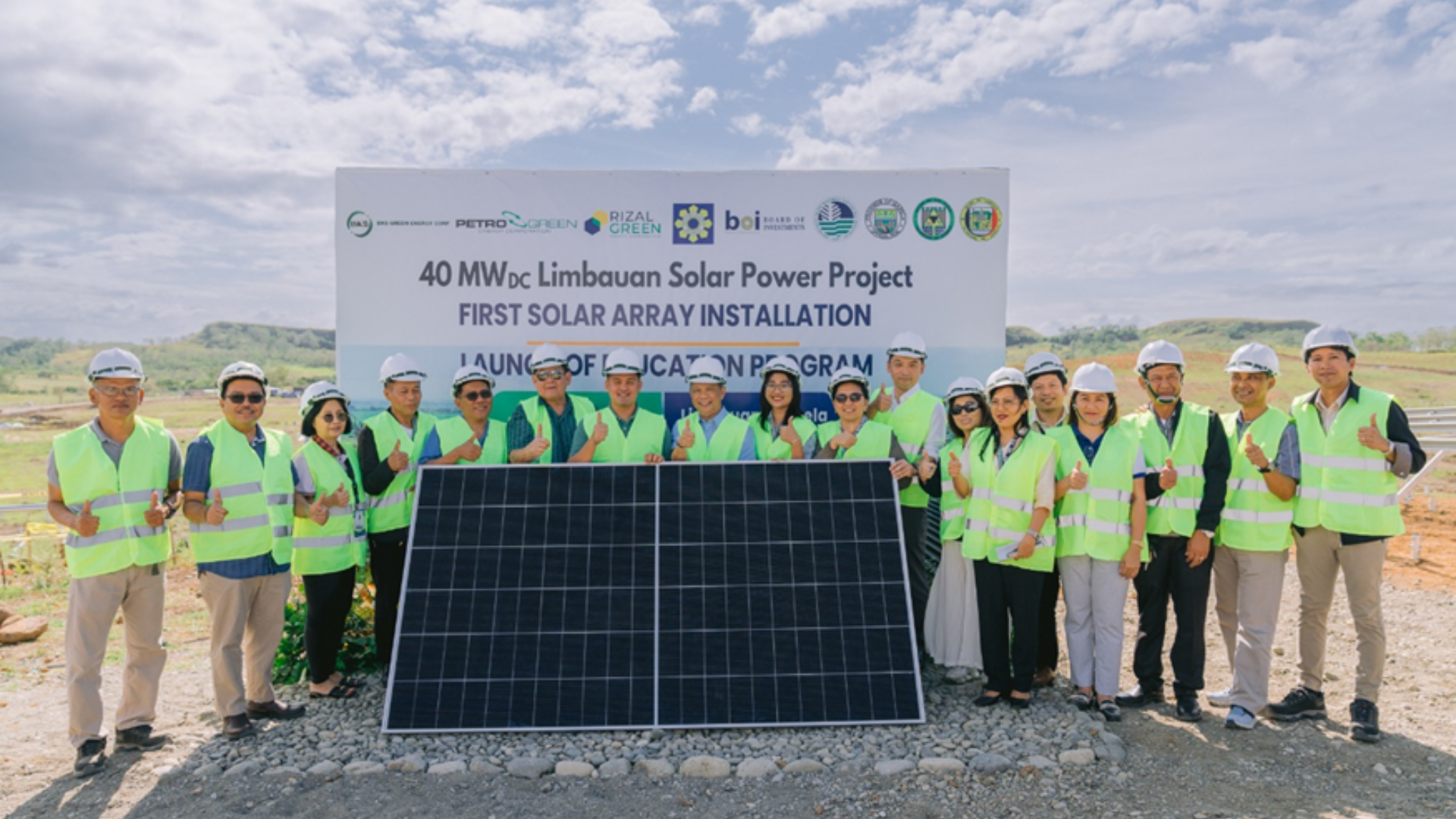Trinasolar Powers Landmark 40-MW Limbauan Solar Project in Isabela
- May 13, 2025
- 0

Trinasolar has supplied 52,640 of its cutting-edge n-type i-TOPCon Vertex N 710-715W solar modules for the newly launched 40-megawatt direct current Limbauan Solar Power Project (LSPP) in San Pablo, Isabela, marking a major milestone in the Philippines’ renewable energy expansion. The ceremonial installation of the first solar array on March 17, 2025, officially kicked off construction of the PHP 1.9-billion project.
The Vertex N modules feature Trinasolar’s latest i-TOPCon technology, which enhances efficiency and durability by using a passivated contact structure on n-type silicon cells. These high-power modules, rated between 710 and 715 watts each, are designed with 210mm silicon wafers and advanced multi-busbar technology, delivering superior energy yield and reliability even in challenging environmental conditions.
Developed by BKS Green Energy Corporation, a subsidiary of PetroGreen Energy Corporation, the LSPP is expected to generate up to 59 gigawatt-hours of clean electricity annually-enough to power approximately 33,000 households while reducing carbon emissions by 31,700 metric tons each year.
The project will be built in two phases: a 6-MW Phase 1 connecting to the Isabela Electric Cooperative II system, followed by a 34-MW Phase 2 linking to the National Grid Corporation of the Philippines’ 69-kilovolt Tuguegarao-Cabagan transmission line. Completion is targeted by the end of 2025.
Maria Victoria M. Olivar, PGEC Vice President for Business Development and Commercial Operations, said, “We are thrilled to officially begin the installation of LSPP’s PV panels in the presence of our various stakeholders – private and public – especially local government officials of our host communities who are strong supporters of PetroGreen’s first investment in Region 2.”
The Department of Energy has certified the LSPP as an Energy Project of National Significance, underscoring its importance in enhancing grid stability and supporting the country’s growing power demand. DOE Renewable Energy Management Bureau director Marissa P. Cerezo emphasized the need for more private sector investments like this to advance the Philippines’ clean energy goals.
At peak construction, the project is expected to employ 500 to 600 workers, contributing to local job creation and economic growth in the Cagayan Valley region.
What role do you think international technology suppliers like Trinasolar should play in accelerating renewable energy development in the Philippines? Share your thoughts below.
Follow Power Philippines on Facebook and LinkedIn or join our Viber community for more updates.